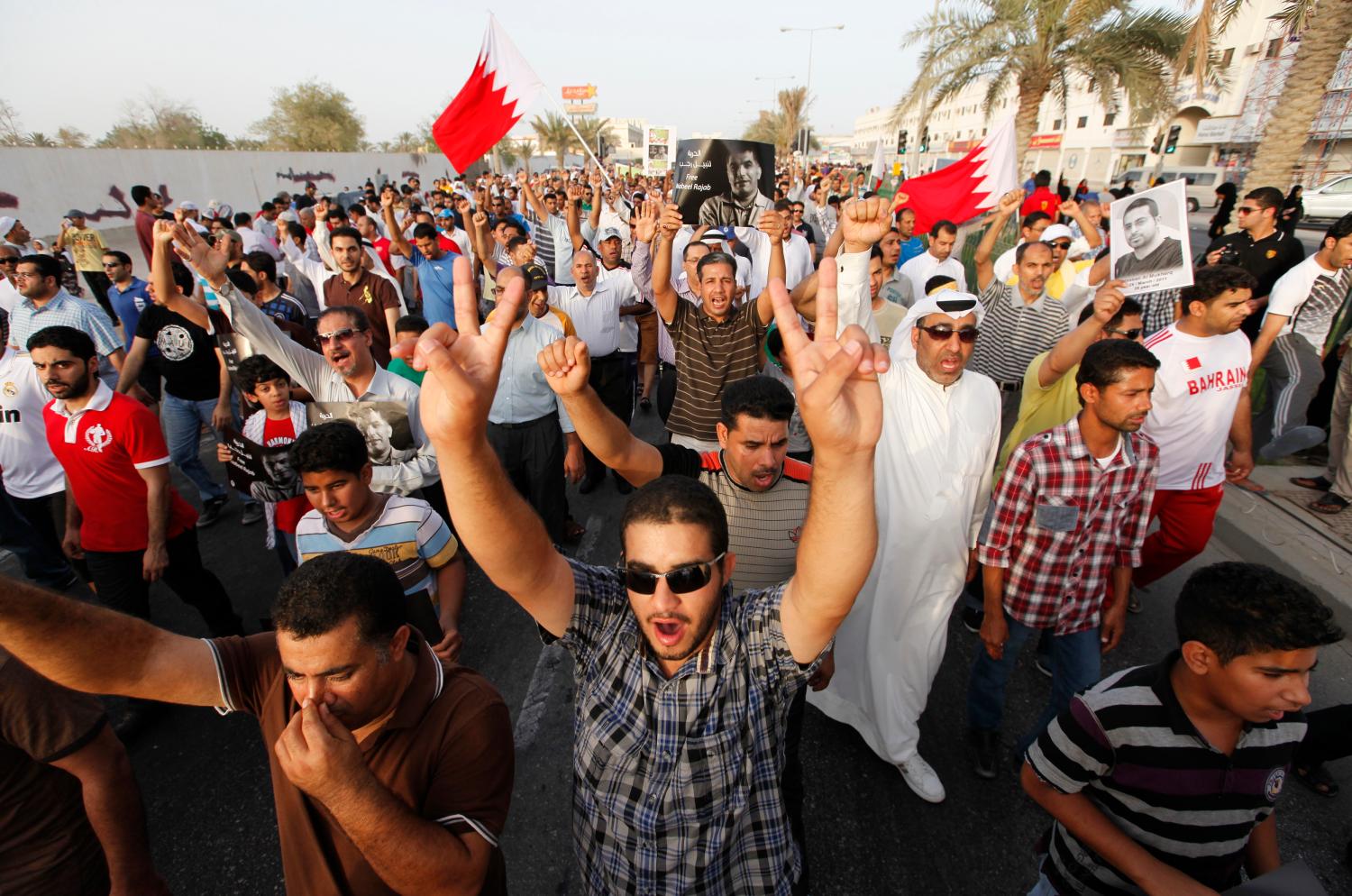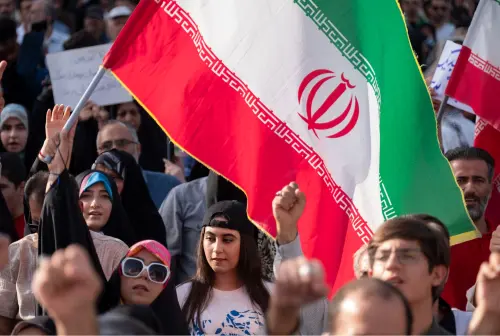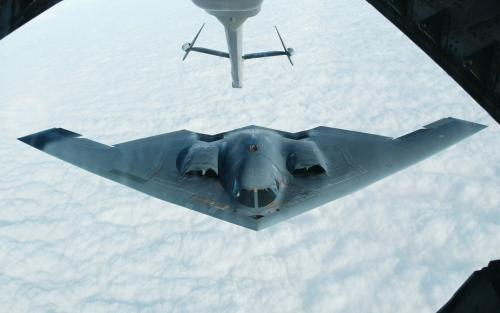Editor’s Note: For Campaign 2012, Shadi Hamid wrote a policy brief proposing ideas for the next president on U.S. policy in the Middle East. The following paper is a response to Hamid’s piece from Tamara Wittes. Raj Desai also prepared a response arguing that the next administration should focus on economic development in the region in order to drive democracy and rebuild America’s influence.
There is more to be said for President Obama’s Middle East policy than Shadi Hamid allows. While Hamid focuses on the gap between unrealistic expectations and real policy outcomes, the fact remains that in the space of two and a half years, between the president’s Cairo speech and the withdrawal of U.S. combat forces in Iraq, the administration completed a major policy pivot. This shift enabled the United States and the Arab world to engage as the Arab Spring unfolded in ways that would likely have been impossible had the uprisings occurred while the United States was still surging in Iraq. While counterfactuals are impossible to evaluate, were it not for the Obama administration’s determined and disciplined approach to reorienting U.S. policy in the Middle East from 2009 to 2011, there would be little room today for a positive American role in Arab democratic transitions.
Yet while Obama opened the door, the next administration will face three key challenges as the Arab Awakening continues to wreak changes on the region:
- Investing resources in a manner that will help sustain and orient progress toward democracy and wider economic opportunity in the Middle East, at levels commensurate with American interests in the region.
- Maintaining open dialogue with a wide range of rising voices in Arab politics, in the face of intense scrutiny of such dialogue both in Washington and in the region.
- Reconciling sometimes competing near-term imperatives for U.S. policy on security issues on the one hand, and democracy and reform on the other—especially as the intensity of regional concern over Iran’s nuclear program escalates.
Let’s consider each in turn.
First, Hamid notes the challenge of “institutionaliz[ing] the promotion of Arab democracy” in a difficult political environment. But the problem is even bigger than he acknowledges. When the Berlin Wall fell, the former Soviet bloc countries knew exactly what they wanted—to become part of Europe—and they had a clear roadmap and clear incentives to stay on the path to change. None of these advantages exist in the Arab countries now undergoing democratic transition or monarchy-led reform.
The United States, along with others, must articulate a clear and compelling vision for these states of what success can look like—not only in terms of democratic frameworks that comport with universal standards but also in terms of the advantages that will flow from Arab democracies’ improved relations with the United States and Europe. The American and British G8 presidencies—in 2012 and 2013, respectively—offer a solid opportunity to define this vision and establish the framework of incentives necessary to keep reforming Arab states moving in the right direction.
The global economic downturn and the domestic politics of foreign aid, however, present a massive challenge to the United States in making investments in the Arab democratic transitions that are commensurate with American interests in the success of those transitions. The Obama administration was able to deploy global and regional funds as part of its first-wave response and won a degree of flexibility from Congress in fiscal 2011, ultimately reallocating nearly $500 million in funding to meet unanticipated needs in Tunisia, Libya, Egypt, and elsewhere. But in an environment where any spending on foreign assistance is politically toxic, the administration was trying to respond to events of global historical significance with, in essence, the change it found under the couch cushions.
The fiscal 2013 budget released by the White House is its first budget since the Arab Spring, and its proposal for a new, $770 million Middle East and North Africa incentive fund demonstrates that Obama recognizes the need for greater investment in governments whose policies will promote long-term stability and prosperity through democratic reform. The next administration will have its work cut out in persuading Congress to put aside parochial concerns and respond positively to such ideas.
Second, Hamid emphasizes the need for sustained American dialogue, with Islamists in particular. This is valuable, but insufficient. To be successful, America’s dialogue with the new diversity of Arab voices must be nonexclusive.
The Obama administration was able to engage with Islamist parties despite the politicization of the issue in domestic American politics by laying out principled criteria for dialogue that hewed to democratic values. A Republican president might face a much steeper climb in sustaining dialogue with religiously informed political actors. Failure to do so, however, would be detrimental to U.S. interests, since these groups will continue to be an important part of the landscape in the years to come.
But just as democracy never guaranteed the triumph of the region’s marginalized liberals, neither should Americans presuppose that it now guarantees the long-term success of the Islamists. Those taking power in the first set of postrevolutionary elections may not be those who ultimately triumph in the newly pluralistic environment. The next administration should not try to pick winners, but to engage broadly and lay a foundation of mutual respect on which to build cooperative relations based on common interests when the dust finally settles. Most of all, the U.S. government must avoid the trap of seeking to replace one set of “special relationships” with regional elites with another set.
Third, Hamid argues that case-by-case decisions on how to manage the Arab uprisings threaten to dissipate the clarity of Obama’s message of support for democratic change. But given the profound transformation under way in the region, the great variance in how leaders as well as mass movements are responding to the pressures for change, and the wide spectrum of consequences for U.S. interests as these cases might play out, consistency beyond the statement of broad principles is a white whale that the next administration should not chase.
As Bahrain in particular illustrates, America’s mix of interests in a given place and time does not always cohere in a unified direction. The events of February and March 2011 outstripped the gradualist approach to reform that the United States had previously pushed in that country and produced a degree of polarization in Bahrain and its immediate neighborhood that now presents its own obstacle to any effort at political compromise. In the view of U.S. policymakers, Bahrain showed that the failure to change can invite not only domestic instability but also regional meddling. Nonetheless, the growing shadow of Iran demands continued close cooperation between the United States, Bahrain, and its local allies—which tend to see Bahrain’s lesson in a polar opposite fashion, as showing the folly and danger of reform.
Those states have come a long way over the past year, however. In three distinct cases (Libya, Yemen, and Syria), they have embraced political change as preferable to their long-defended status quo. To put the matter simply, the only possible consistency is a foolish one. One positive note is that the debate between democracy and security is no longer a question of trading off long-term democratic reform for short-term security cooperation. When it comes to reform and stability, the long term has arrived. Regardless of what prejudices or misgivings the next U.S. president may have about Arab democracy, he will be living with it and its consequences for the foreseeable future.
The Brookings Institution is committed to quality, independence, and impact.
We are supported by a diverse array of funders. In line with our values and policies, each Brookings publication represents the sole views of its author(s).




